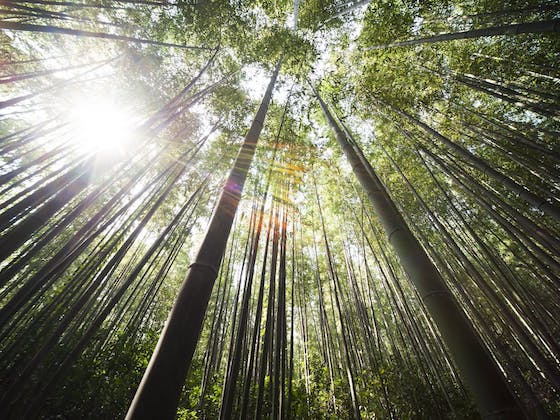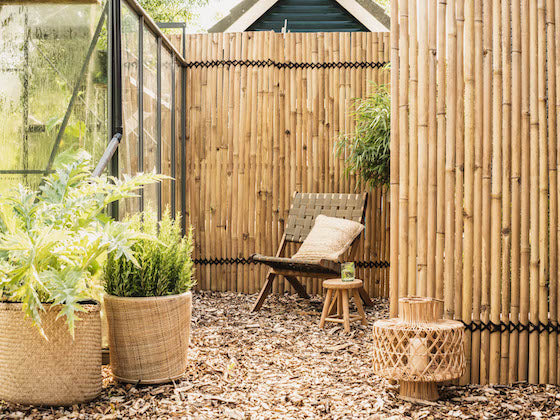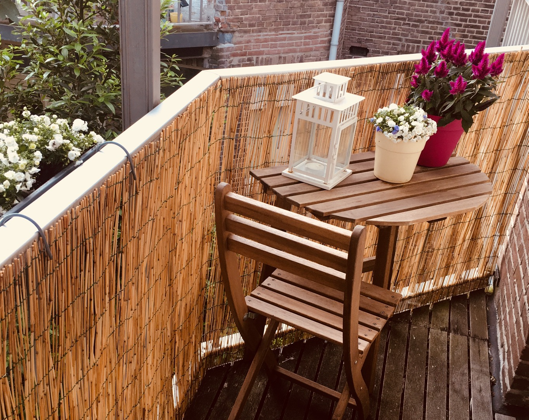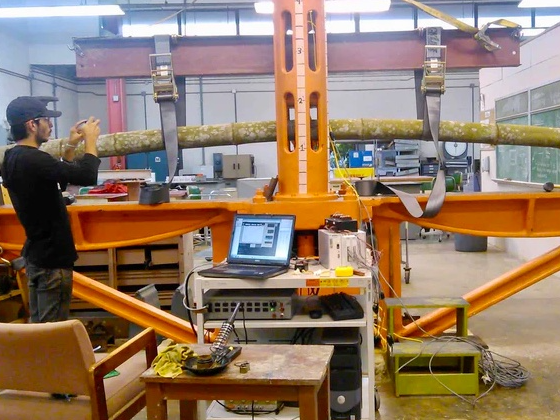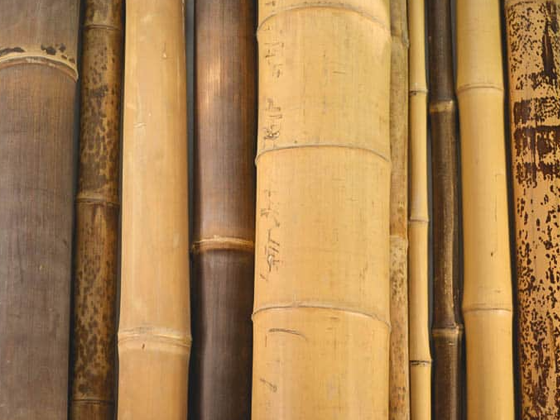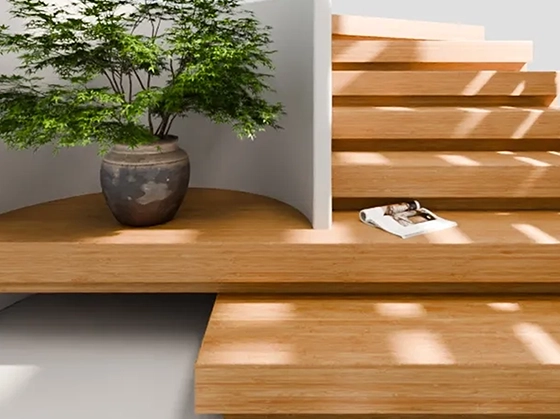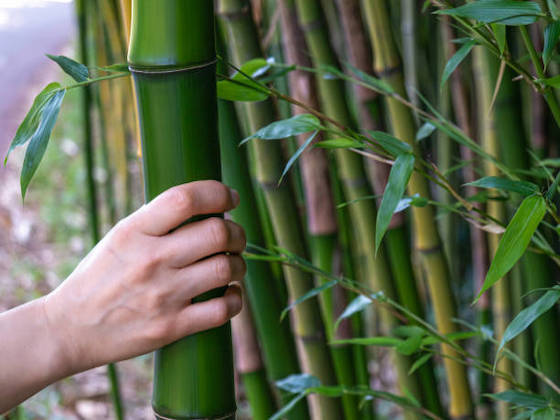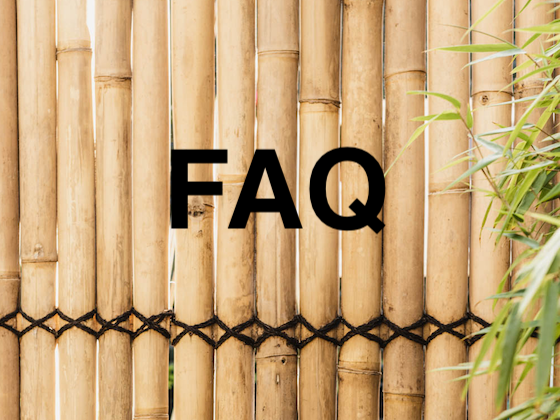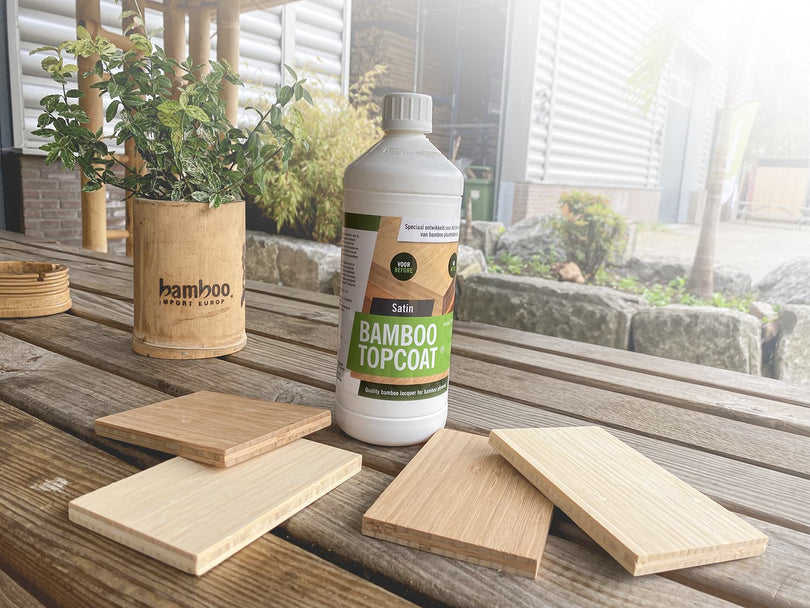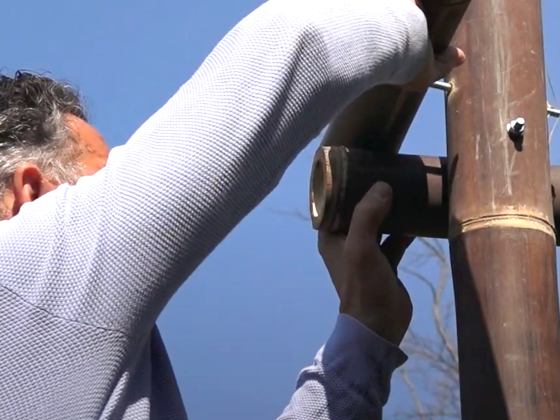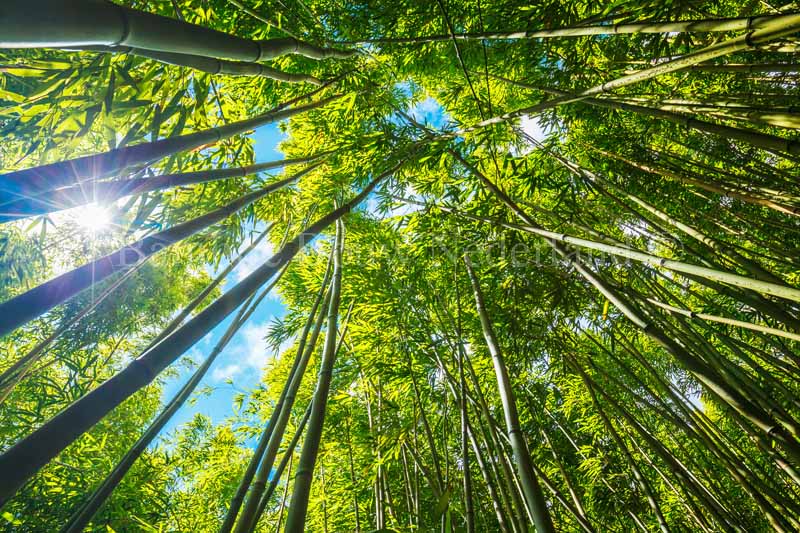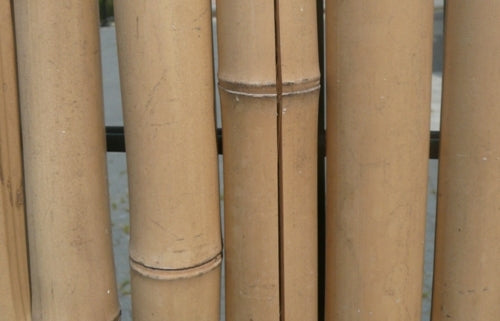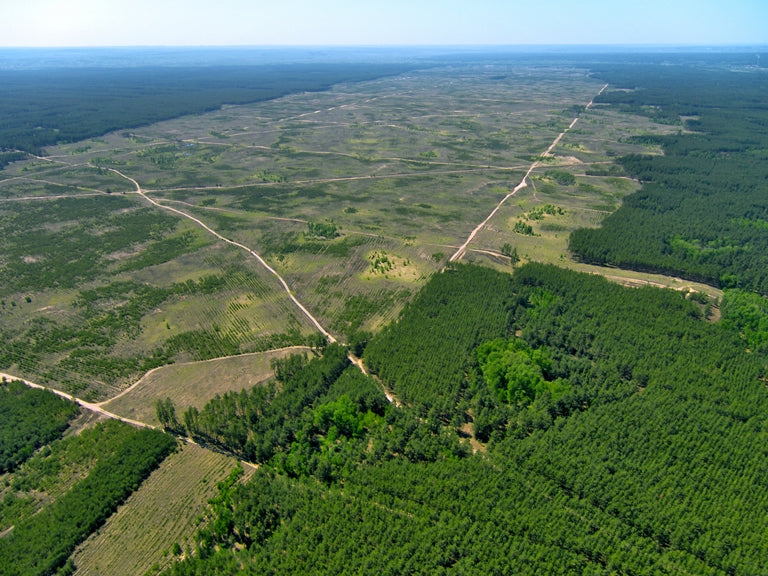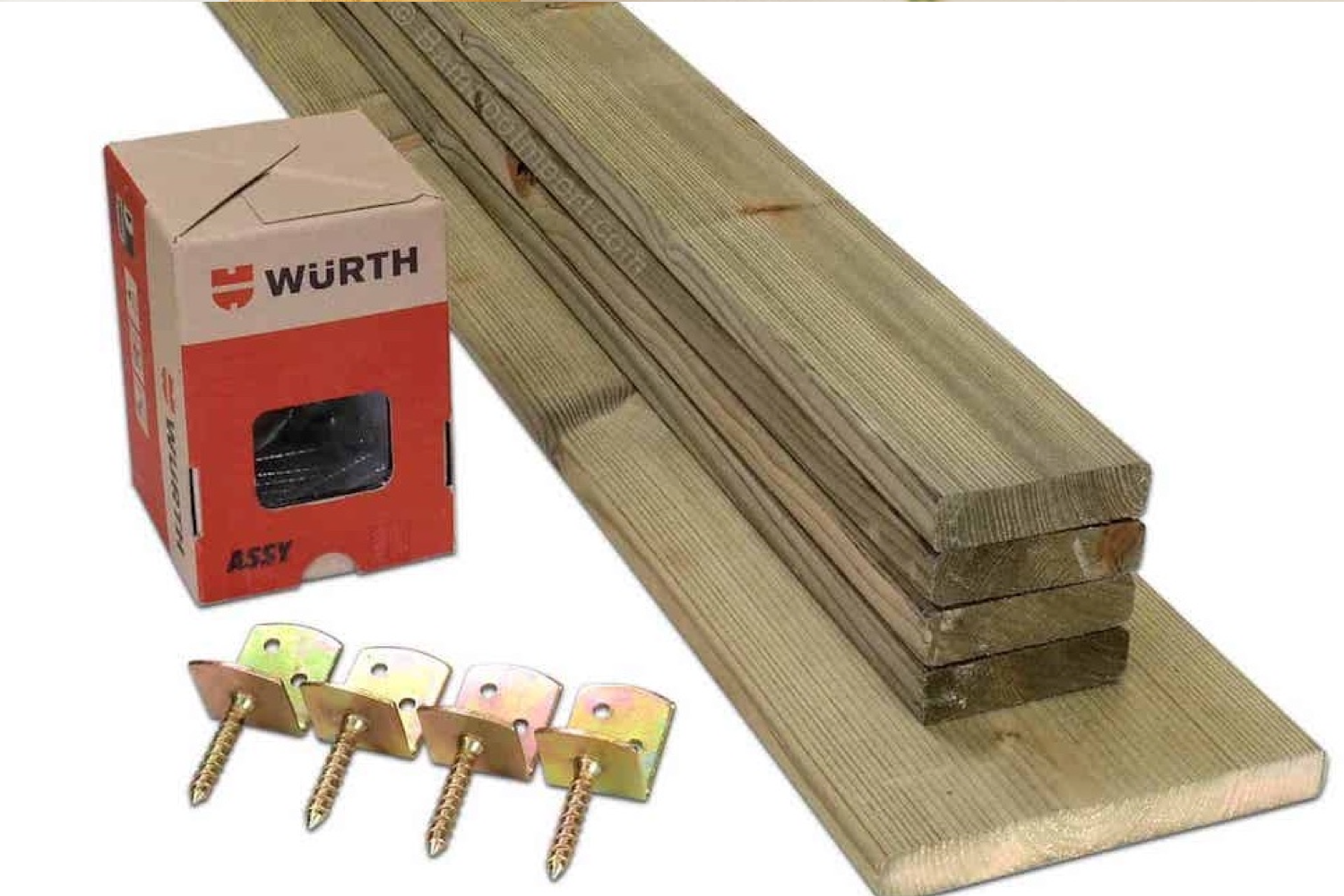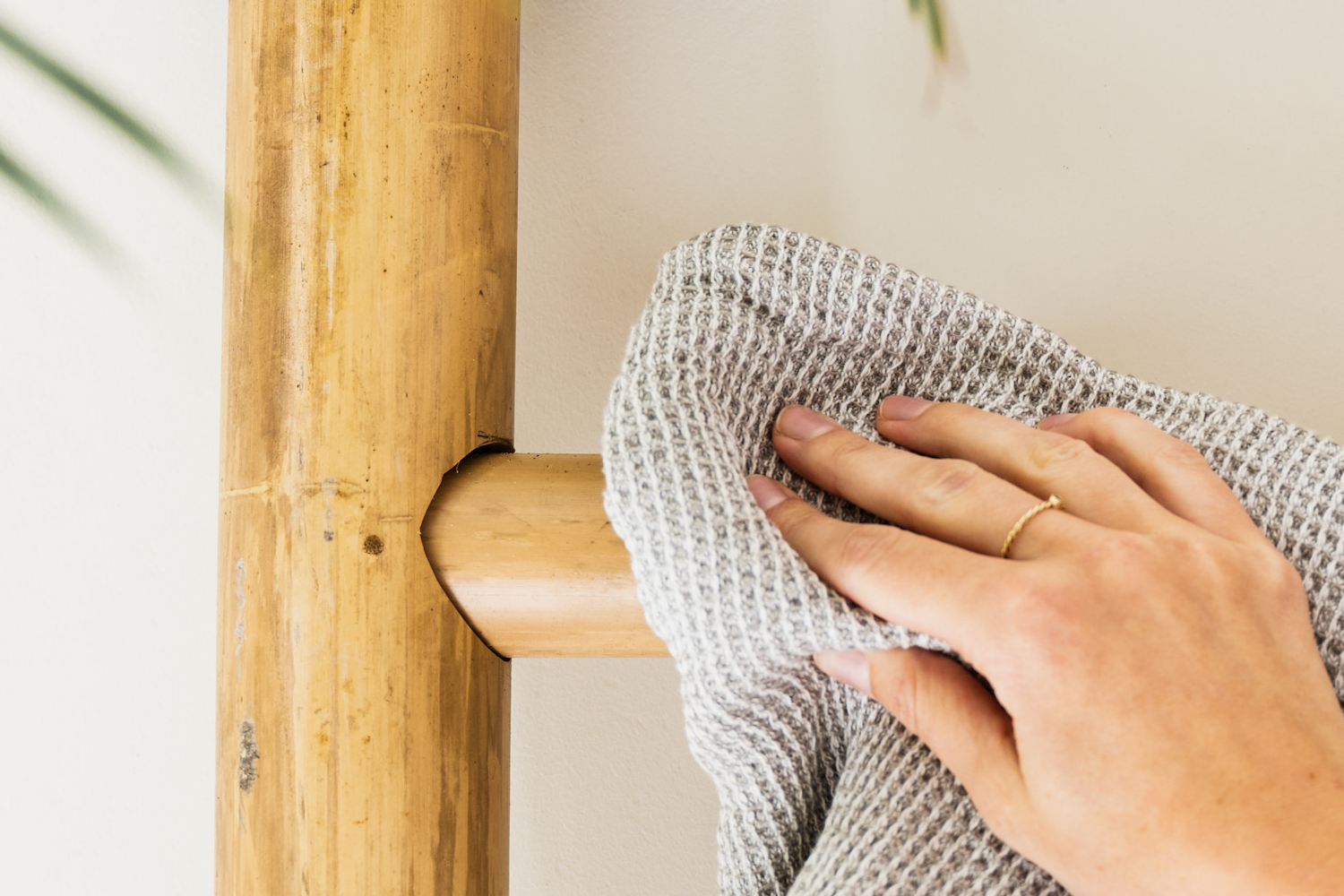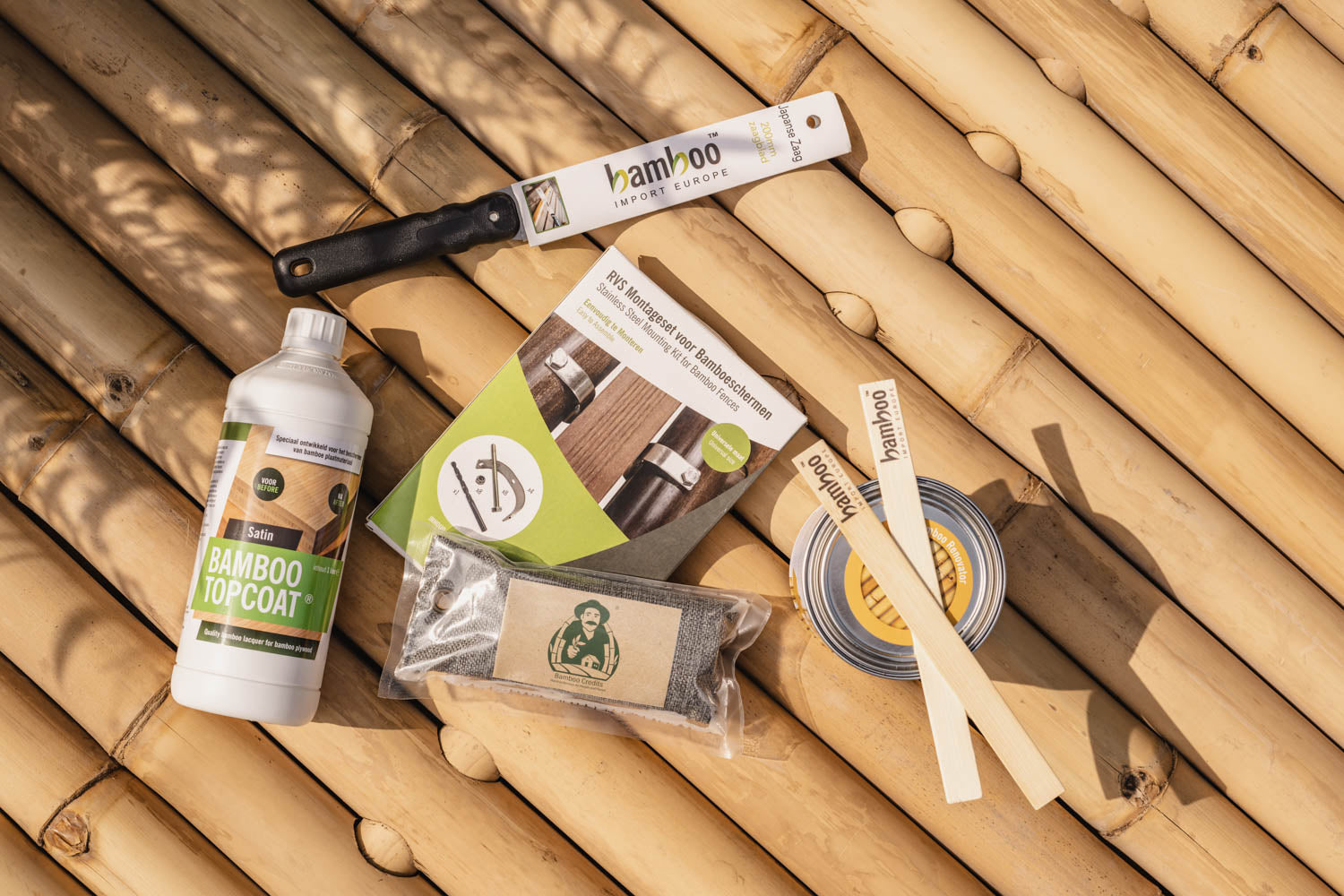
Bamboo Import Europe
Fire Retardant Spray
Pay securely with:

We deliver your order together with our partners
Our Fire Retardant Spray is a user-friendly and flame retardant impregnating agent suitable for impregnating natural materials such as bamboo, cane, straw and palm leaf. The Fire Retardant Spray is suitable for indoor and outdoor use.
Fire Retardant Spray buy online
After proper impregnation, the above materials can potentially meet EN1187 B roof (T1) standard or can potentially meet fire class C. Products treated with Fire Retardant Spray will be protected for 3 to 5 years. This depends on the surface being treated and the method of treatment.
Our Fire Retardant Spray consists of an aqueous solution of organic and inorganic salts. It is not harmful to the environment and consists of degradable substances. It is colorless and odorless.
Explore our maintenance products and their applications.
What can you buy from Bamboo Import?
- Bamboo Fence Rolls
- Bamboo Fences
- Bamboo Pergolas
- Thatched Roofs
- Reed Fence Rolls
- Willow Fence Rolls
- Bamboo Borders
- Bamboo Blinds
- Bamboo Furniture
- Bamboo Flooring
- Bamboo Decking Board
- Bamboo Flooring
We recommend shaking the Fire Retardant Spray intensively before use. Keep a distance of 20 to 30 cm and spray the product to be treated until it feels well moistened. In case of excess, you can wipe it off with a cloth or sponge. Residues can be removed immediately with warm water before the product has dried. You can treat about 4 to 5 m² per bottle, depending on the absorbency of the material to be treated.
When you are finished with the Fire Retardant Spray, it is important that you wipe white out material with a damp cloth. Wash your hands after use as well. Fire Retardant Spray should soak in and dry for 5 hours under dry conditions.
Store Fire Retardant Spray in a tightly closed container. Product is potentially irritating to eyes and skin and harmful if ingested by mouth. In case of spillage or contact, flush with water.
Sustainability is very important to us. That's why we also want to be transparent when it comes to shipment costs. We do not make a profit on the total shipment costs to our customers.
Small items/quantities are shipped from € 14,99
Medium items/quantities are shipped from € 49,99
Large items/quantities are shipped from € 99
For a complete overview of shipping costs and delivery times, please see the overview page.
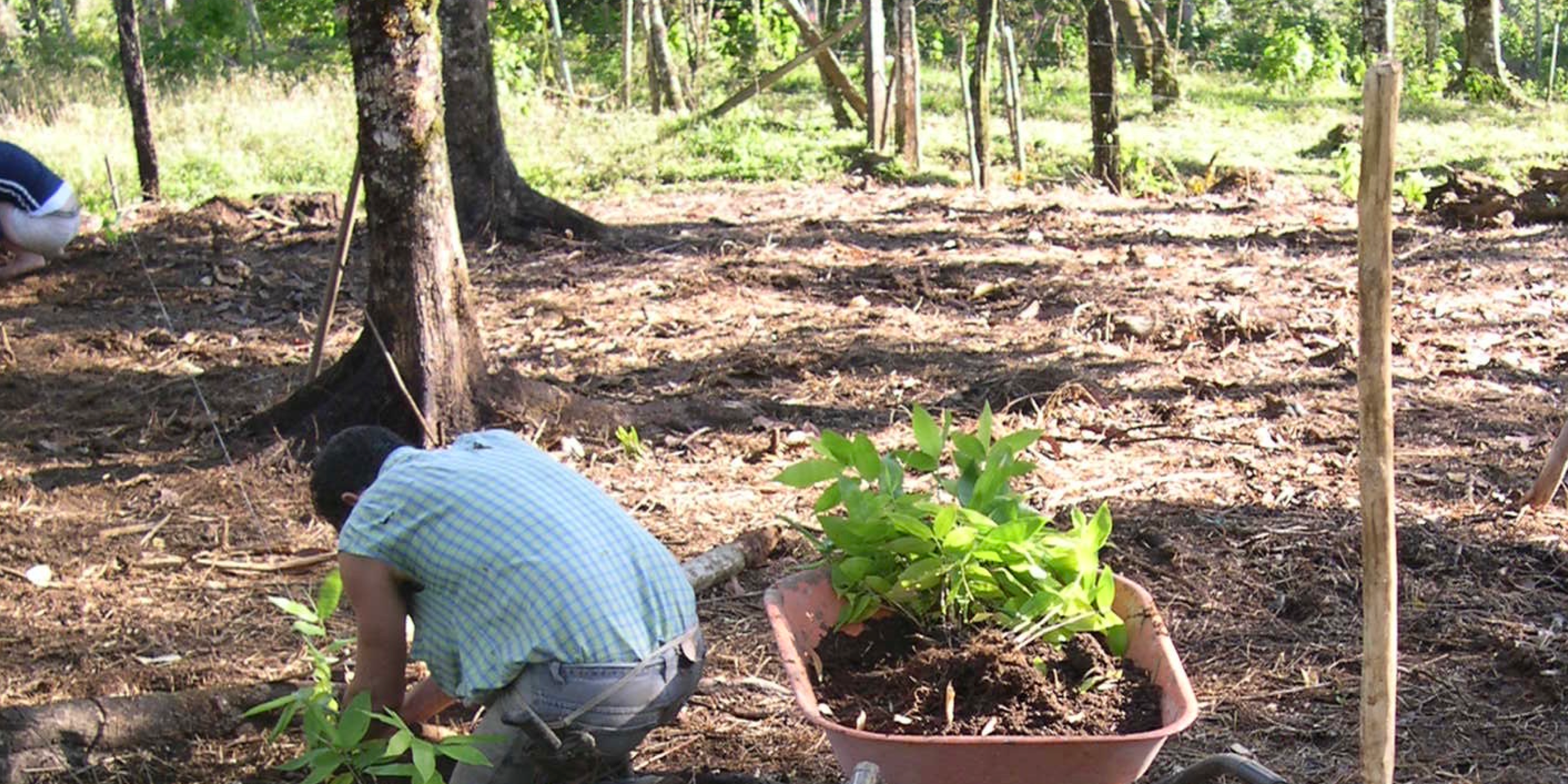
Subheading
Bamboo Benefits
With photosynthesis, bamboo extracts CO2 from the air and releases oxygen. Bamboo produces about 40% more oxygen than wood and absorbs up to 35% more CO2 than wood. That makes bamboo better for CO2 offsetting than wood.




